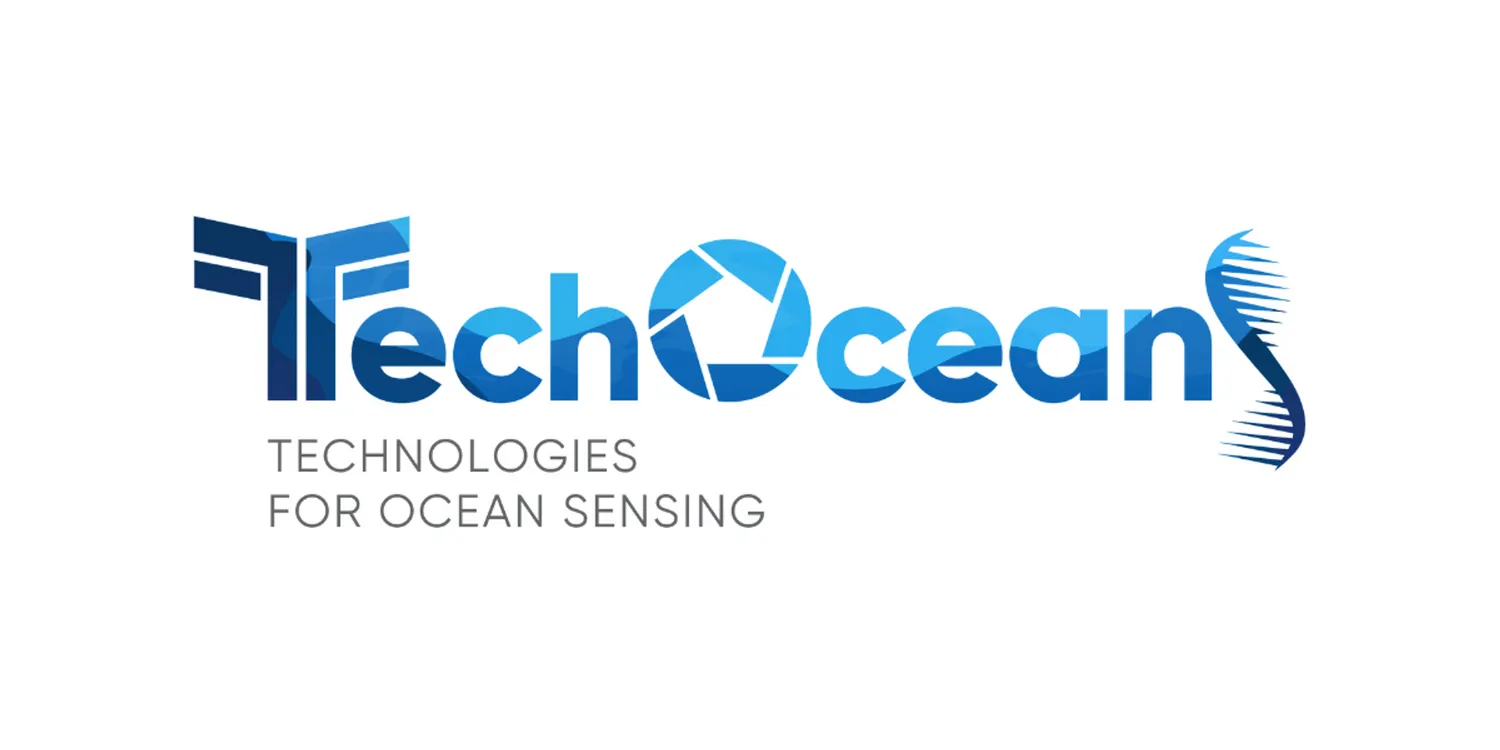02 Oct 2023
Our oceans host intricate ecosystems that are both delicate and vulnerable. One significant threat demanding urgent attention is Harmful Algal Blooms (HABs).
Harmful Algal Blooms occur when specific types of algae experience explosive growth. While algae are a natural part of aquatic environments, certain species can proliferate uncontrollably under specific conditions such as warm temperatures and nutrient-rich waters. The resulting blooms can discolour the water, impacting the entire food web as they release toxins harmful to fish, shellfish, marine mammals, and potentially, humans.
Even non-toxin producing algal blooms can cause damage to the local ecosystem by creating oxygen-depleted zones and blocking light transmission in the water. Therefore, it is crucial for shellfish producers and surveillance authorities to have early detection methods to monitor HABs and adopt mitigation measures.
Currently, the monitoring of HABs involves the delivery of water samples to a centralised lab and analysis for certain algal species using a microscope. This method is time-consuming, and the delay in response can have serious repercussions on public health.
TechOceanS is addressing this challenge by developing a portable sensor that enables HAB monitoring in the field, thereby reducing the costs and risks associated with existing, delayed analysis methods. This innovative technology known as CYTOCHIP, takes the form of a microcytometer, a device that measures the properties of cells as they pass through a narrow channel. Unlike conventional cytometers that only measure the optical properties of cells, the combination of optical and electrical information provided by TechOceanS' system, allows for the discrimination of cell types and differentiation of toxin-producing and non-toxic species.
Swift detection of Harmful Algal Blooms is essential for various reasons. Firstly, these blooms can devastate fisheries, causing mass mortalities of fish and shellfish, resulting in economic losses for communities dependent on seafood industries. Secondly, the toxins produced by certain algal species can contaminate seafood, posing a serious threat to human health if consumed. Lastly, the ecological balance of marine ecosystems can be disrupted, with potential long-term consequences for biodiversity.
Technologies like CYTOCHIP enable real-time monitoring of HABs, providing scientists and environmental agencies with a comprehensive understanding of algal bloom dynamics. By advancing early detection mechanisms for Harmful Algal Blooms, TechOceanS is playing a vital role in safeguarding marine ecosystems and protecting the health of our oceans and the communities that rely on them.
